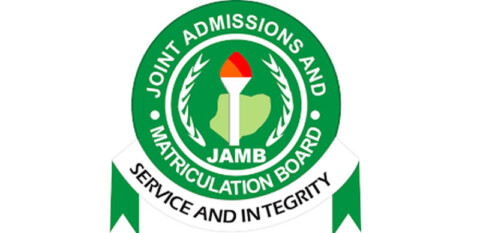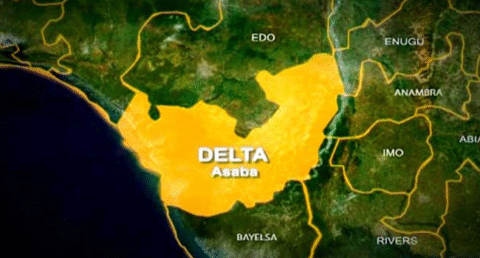The Deaf community has renewed its call for sign language to be made a compulsory subject in all Nigerian schools, alongside improved collaboration between mainstream and special education teachers, arguing that genuine inclusion cannot be achieved without these changes.
The appeal was made on Wednesday during a press briefing in Lagos ahead of the All Africa Deaf Arts Festival 4.0, scheduled to take place from December 1 to 6 in Oyo State.
Diversity, Equity, Inclusion and Belonging strategist, Dr. Akhere Akran, noted that Nigeria’s current approach to inclusion remains largely superficial, as many mainstream teachers are not adequately trained to support deaf learners.
According to her, every teacher should possess at least foundational knowledge of sign language, and meaningful synergy must exist between mainstream and special education teachers for true inclusion to occur. Akran insisted that sign language should be taught with the same priority as English and Mathematics, pointing out that her own school already treats it as a core subject because “people communicate differently, and that does not make them less.”
She criticised the performative inclusion found in many institutions, saying it often stops at fulfilling compliance requirements, while deaf graduates still struggle with unemployment. Akran added that empathy and genuine understanding would eliminate conversations around inclusion and exclusion.
While commending the Lagos State Office of Disability Affairs for its efforts, she stressed the gap between policy and implementation. She also highlighted the financial challenges facing the community, calling for government support and the establishment of a “Deaf village” where youths can be trained and empowered.
Akran explained that Deaf dancers rely heavily on vibration, making rehearsals demanding and expensive. She recalled doubling speakers at the first South African Deaf Arts Festival to ensure performers could feel the sound, noting that despite the costs, the organisers remain committed to sustaining the festival.
Executive Director of Seams Deaf-Pro Foundation, Mr. Samuel James, expressed concern over the lack of durable structures that enable Deaf youths to gain skills, earn a living and thrive in Africa’s creative economy. He said talented Deaf creatives are often hindered by limited access, platforms, mentorship and recognition—challenges that inspired the creation of the festival.
He announced that this year’s edition will host more than 100 Deaf and disabled youths who will participate in masterclasses and creative camps from December 1 to 5 at the Federal College of Education (Special), Oyo. Training will cover visual arts, digital arts and new media, traditional arts, dance techniques, dramatic expression, stagecraft, creative leadership, and career development.
The grand showcase will take place on December 6 at the Wole Soyinka Arts Theatre, University of Ibadan, featuring performances, exhibitions, films and fusion presentations. James noted that the festival will unite creatives with disabilities from Nigeria, Ghana, South Africa and other African countries.
Founder of Light Work Media House, Ade Oyeyipo, stressed the role of the media in reshaping public understanding of disability issues. She echoed calls for sign language to be included as a basic school subject and described a visit to a special school in Osun, where she discovered that only one sign language interpreter served the entire institution. She urged private individuals and organisations to support inclusive initiatives instead of relying solely on government intervention.
During the press conference, several Deaf creatives shared personal experiences.
Omowunmi Otunuyi of Seams Deaf-Pro Foundation spoke about the stereotypes and discrimination faced by Deaf individuals, saying she often trains longer than hearing dancers, relying on vibrations to create remarkable performances. She appealed for acceptance and respect.
David Usoro of Deaf Can Dance described their rehearsal process, explaining how vibrations guide their timing and movement. He recalled a competition where Deaf dancers placed second behind hearing competitors, though many felt they deserved first place.
Choreographer Omotosho Olabanji explained that he relies on visual cues and timed guidance to help Deaf dancers achieve perfect synchronisation, adding that their excitement and reliance on vibration allow them to connect deeply with the rhythm.





